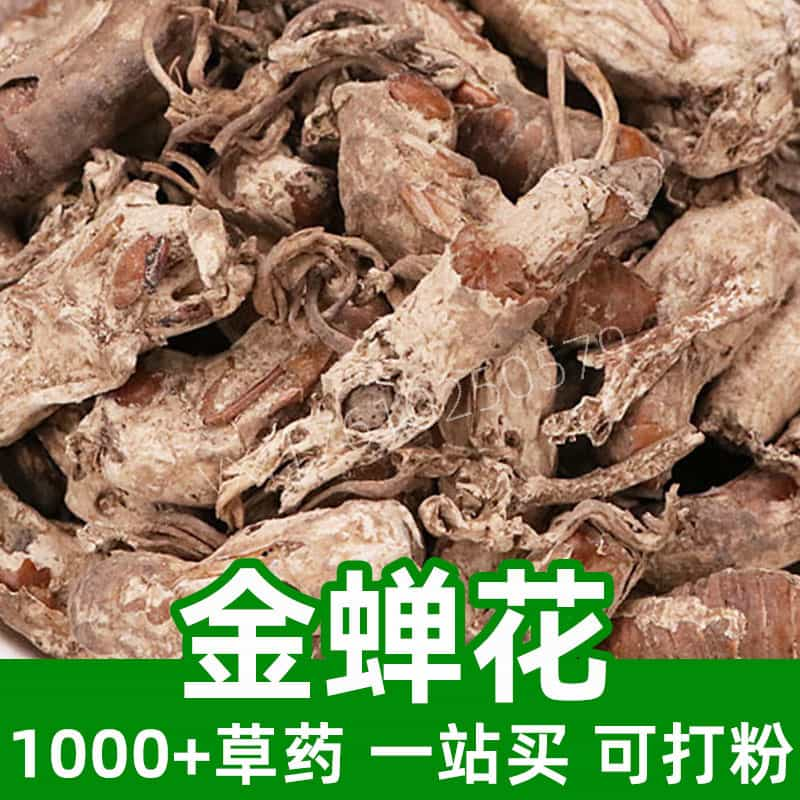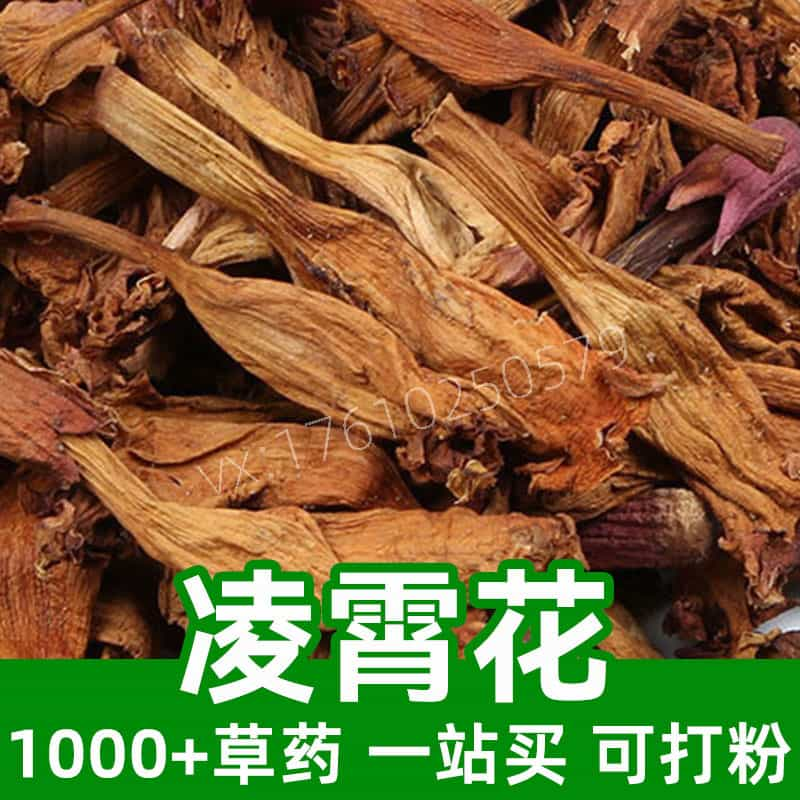Product Introduction
The big soapberry, known scientifically as Sapindus mukorossi, is a natural herb renowned for its exceptional foaming and cleansing properties due to the presence of saponins. This plant is native to the southeastern regions of Asia, specifically in countries such as China, India, and surrounding areas. The soapberries are harvested from the fruit of the plant, cultivated primarily in warm climates that promote its growth and yield.
In traditional uses, big soapberry has been utilized as a natural soap and detergent alternative, prized for its ability to produce a rich lather that aids in cleaning without the harsh chemicals often found in commercial products. In TCM, it is valued for its various therapeutic properties, which are believed to contribute to overall well-being when used sensibly.
Aside from household applications, big soapberry has also found a place in some cosmetic products due to its natural ingredient profile that coats and protects the skin. This herb showcases a blend of function and tradition, making it a versatile choice for those seeking eco-friendly and natural alternatives.
Main Active Ingredients
Big soapberry's efficacy can be attributed to its rich chemical composition, particularly the presence of saponins. Saponins are glycosides known for their surfactant properties, which enable them to reduce surface tension, creating foam that enhances cleaning. The primary saponins found in big soapberry are the sapindosides, which exhibit both foaming and emulsifying capabilities.
In addition to saponins, big soapberry contains various flavonoids and phenolic compounds that contribute to its antioxidant properties. These compounds can neutralize free radicals, which helps protect cells from oxidative stress. The presence of tannins further contributes to the astringent qualities of the soapberry, offering soothing effects on the skin.
Studies reveal that the complex interaction of these compounds not only supports cleansing but may also provide mild anti-inflammatory properties. While the herb has a long history of usage in traditional medicine, ongoing research continues to explore its potential applications in diverse fields, particularly in sustainable products and natural cleaning solutions.
Together, these active ingredients underscore the big soapberry's reputation as not just a cleaning agent, but also as a valuable component in the realm of natural health and wellness practices.
Product Application Scenarios, Usage, and Dosage
In traditional Chinese medicine, big soapberry is commonly utilized for its cleansing properties. It can serve several applications, most notably as a natural detergent for personal hygiene and household cleaning. The soapberry can be used in various forms, including whole fruit, powdered extract, or liquid forms.
For practical usage, when using whole soapberries, typically 5 to 10 fruit can be boiled in water to create a natural soap solution. This infusion can be used for washing clothes, dishes, and even as a gentle shampoo for hair. The resulting lather can effectively remove dirt and stains while being gentle on the skin and hair due to its natural composition.
In cosmetic formulations, the powdered form of big soapberry is used as a natural exfoliant or in scrubs, benefiting from its skin-friendly properties. Additionally, it is incorporated into eco-friendly cleaning products aimed at reducing environmental impact.
The recommended dosage for internal use is usually low due to varying individual responses; however, when addressing cleansing needs, the fruit can be safely processed in water to extract its active ingredients. As always, it's advisable to consult with a trained herbalist or healthcare provider before adding any new herb to your routine, especially regarding internal consumption and specific therapeutic applications.
Introduction to the Source Plant, Distribution, and Growth Environment
The big soapberry plant, or Sapindus mukorossi, is a deciduous tree that can grow up to 15 meters tall, typically found in subtropical areas. Just like its common names suggest, the tree is primarily cultivated for its fruit, which has been harvested for centuries due to its cleaning properties.
The natural range of big soapberry includes countries such as India, Nepal, and China, where it thrives in warm, well-drained soils often found in hilly terrains. The tree flourishes under a tropical climate that provides ample sunlight and moisture, contributing to its growth cycle and fruit production.
In terms of cultivation, big soapberry trees are usually planted in orchards, where proper care is taken regarding irrigation and pest management to enhance fruit quality. These trees are highly valued not only for their fruit but also for their longevity and ability to thriving in less fertile conditions, making them suitable for agroforestry practices.
Furthermore, traditional practices often emphasize sustainable harvesting to ensure that big soapberry can continue to be a viable resource. The cultivation and harvest of the soapberry tree reflect a deep cultural connection, harnessing natural resources wisely for generations.
Harvesting, Processing, and Storage
Harvesting big soapberry typically occurs in late autumn to early winter when the fruits are fully matured. Farmers and herbalists identify ripened fruits, which appear dark brown and have a hard exterior. The fruits are handpicked to ensure that the tree continues to thrive, following sustainable agricultural practices.
After harvesting, the fruits are cleaned and sun-dried to remove moisture, preventing mold and decay during storage. This drying process is crucial as it concentrates the active ingredients, enhancing their effectiveness.
For processing, big soapberries can be used whole or further ground into powders for easier incorporation into various products. Whole berries can be stored in breathable bags or containers, whereas powdered forms may require airtight storage to preserve potency.
The recommended storage conditions for big soapberry include keeping them in a cool, dry place away from direct sunlight to maintain their quality for longer periods. Awareness of moisture and temperature control plays a pivotal role in extending the shelf life of this herb.
Collectively, these steps from harvesting to storage ensure that the big soapberry retains its natural qualities, allowing users to benefit from its properties effectively. By following these practices, both consumers and manufacturers can contribute to maintaining the herb's integrity while enjoying its diverse applications.
Monica Sun is a seasoned expert in the natural raw materials industry, with over a decade of experience specializing in traditional Chinese medicinal herbs, spices, and fungi. She is skilled in the sourcing, processing, and application of these materials, emphasizing sustainability and innovation. Monica Sun has contributed to the development of high-quality natural raw materials that serve as essential components in functional foods, pharmaceuticals, and cosmetics, delivering tailored solutions to meet diverse market needs.












